Moving the Conversation Beyond Jeffrey Epstein
What society’s fixation with Epstien says about how far we are from eradicating human trafficking.
A Misguided Preoccupation
Jeffrey Epstein’s crimes were nothing short of heinous. Yet, in an America where young girls are groomed, manipulated and trafficked every single day, Epstein’s crimes were sadly nothing new. So why has Epstein dominated headlines for months now?
To understand the public’s fixation with Epstein, we must understand how Epstein was portrayed. Rather than criminal mug shots, images of Epstein lounging in Harvard sweatshirts or mingling with socialites proliferated the media. Tabloids and reputable news outlets alike clung to narratives of Epstein’s private jets and extravagant Manhattan townhouse. Epstein was characterized as the pinnacle of elite prosperity — perhaps not something many could relate to, but something many aspire to. In a media environment that commonly describes trafficking perpetrators as BIPOC (Black, Indigenous, and people of color) members of organized criminal networks (a stereotype used to advance policy agendas like border militarization and increased funding for law enforcement), Epstein was portrayed as the rich, white anomaly.
Photos of Epstein that dominated media headlines.
The Reality of Human Trafficking and Perpetrator Accountability
In reality, Epstein and those like him are not anomalies — far from it. Although data on sex buyers is limited, several case studies indicate that the vast majority of sex buyers are white, middle-to-upper class, married men. We also know that high frequency sex buyers are most likely to be men who make over $100,000 a year. Still, Epstein and men like him routinely get away with their actions.
Epstein was ultimately imprisoned, but he was still able to traffic young girls for years, despite legal suits against him. We know that only about 6% of men who purchase sex illegally report ever being arrested for it. Financial and racial privilege factor into who is able to evade accountability. Epstein, for example, used his power and status to dodge lawsuits alleging his involvement trafficking young girls and to stave off the nation’s most renowned media outlets.
Epstein’s success in evading the law must be put into the context of racialized stereotypes around criminality in the U.S. People of color, and Black people in particular, are overrepresented as perpetrators of crime in U.S. news media. What the public shock with the Epstein case revealed is just how ingrained racial stereotypes around both traffickers and survivors have become within the public psyche.
Implications for human trafficking survivors
The media’s success in creating public outrage did not hinge on its portrayal of Epstein alone — the verbiage used to describe Epstein’s victims was just as critical. Epstein’s (mostly white) victims were emphasized for their relatable characteristics. They were students, daughters, and friends. They could have been our students, daughters, and friends. While we can commend the media for humanizing Epstein’s victims (although should we really be commending baseline decency in survivor representation?), we must also ask why most survivors do not receive the same treatment.
Whiteness played an undeniable role in media representation of Epstein’s victims. The majority of sex trafficking victims however, are BIPOC. Black women make up about 40% of sex trafficking victims in the United States. This reality is not reflected in the news media, which systematically gravitates to narratives of white females who are vulnerable and defenseless or as non-citizens who are kidnapped and brought to the United States over a “weak border.”
The impact of survivor representation in the media should not be underestimated. When proliferated, racist stereotypes affect the ways in which the traffickers, activists and the public respond to human trafficking. We know for example, that Black girls are hypersexualized and viewed as in need of less nurturing, less protection, less support, less comfort than white girls. These racist stereotypes have a direct impact on the ways in which traffickers, law enforcement, activists and the general public view sex trafficking survivors. For Black and POC survivors, this means difficulty accessing help, justice, and resources to thrive.
So What Now?
The weight of Epstein’s atrocious crimes should not be diminished, but neither should the crimes of those who perpetuate human trafficking every single day. The trauma faced by Epstein’s victims deserves every bit of our attention, but so does the harsh reality faced by millions of BIPOC survivors across the U.S. right now.
An easy response might be to blame the media and throw our hands up in the face of such a powerful and pervasive institution. Such a stance will never eradicate human trafficking.
Instead, we should feel empowered to know that the media responds to what the public wants to see. If the same interest and outrage that was generated from the Epstein case can be targeted towards all cases of human trafficking, there is hope for meaningful change.
Generating public outrage towards all cases of human trafficking — not just those of high profile socialites — will require public education. Luckily, Free to Thrive is working hard to spread awareness around who trafficking survivors are, the challenges they face and the tools they need. To learn more and to join our movement to support survivors of human trafficking, visit www.FreeToThrive.org.
About the author: Mira Seyal is the Marketing & Development Coordinator at Free to Thrive. She holds a Master of Arts in Human Rights with a focus in art activism from Columbia University in New York City.



